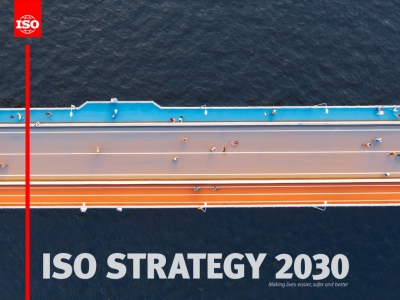Phone: (011) 7541-421, 3409-301, 3409-335, 6547-293, 3409-310
E-mail: Standards sales: prodaja@iss.rs Education: iss-edukacija@iss.rs Information about standards: infocentar@iss.rs
Stevana Brakusa 2, 11030 Beograd
E-mail: Standards sales: prodaja@iss.rs Education: iss-edukacija@iss.rs Information about standards: infocentar@iss.rs
Stevana Brakusa 2, 11030 Beograd
Main menu
- Home
-
About Us
- What we do?
- ISS Promotional videos
- Quality and Information Security Policy
- Membership in ISS
- Documents
- Our Structure
- Our Strategy
- Our vision and mission
- International Cooperation
- Work program of the Institute
- Work plan of the Institute
- Activity Reports
- Public procurement
- Others about us
- Data on the number of employees and employed persons
-
Standardization
- Advanced standard search
- Access to harmonized standards
- Electronic invoicing - Free download of standards
- More about standards
- Standards development
- Projects translation
- Technical committees
- Become the NTC member
- National regulations and standards
- European Regulations and standards
- Publications
- Research and innovation
- Education
- Services
- Web shop
- News & Events

